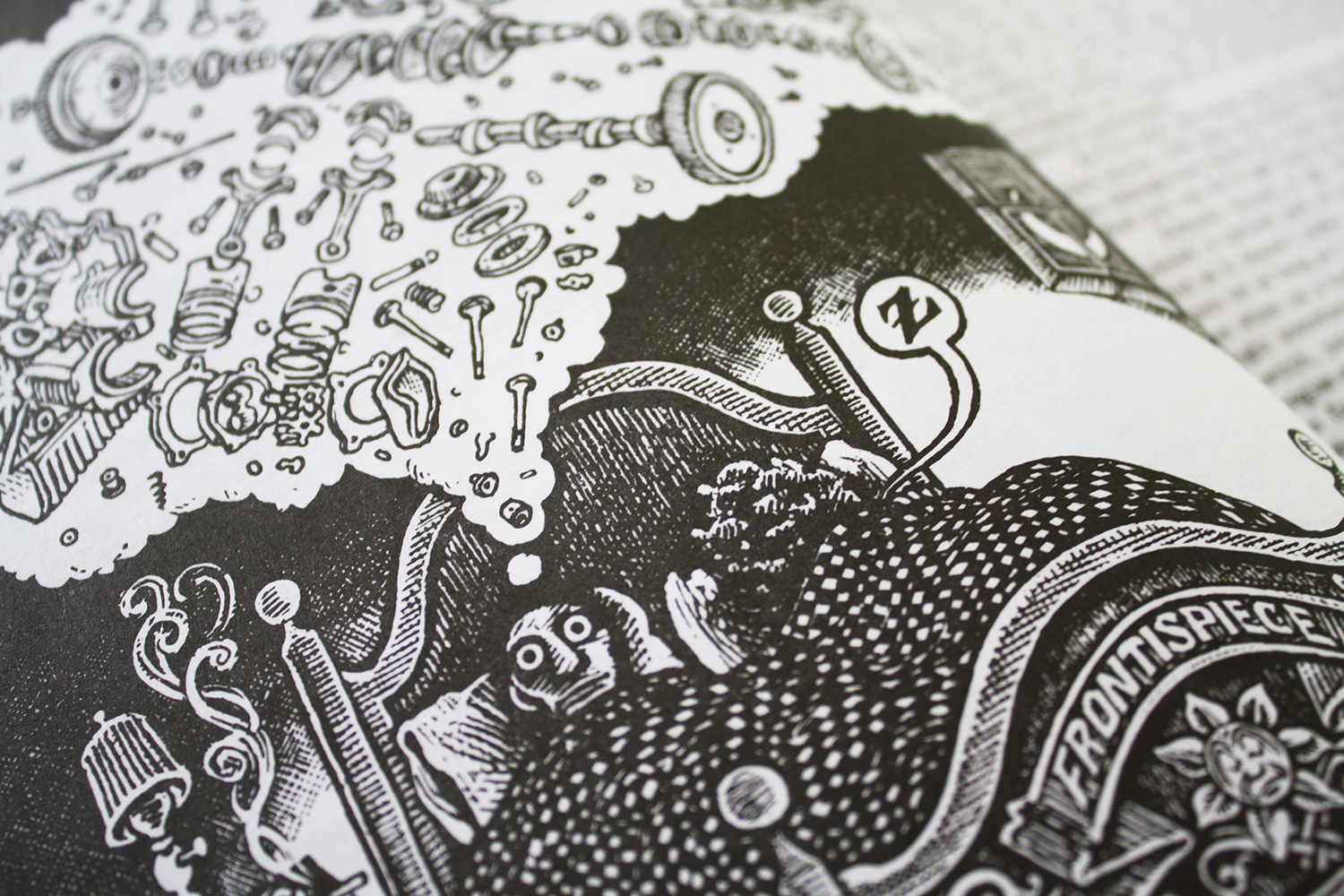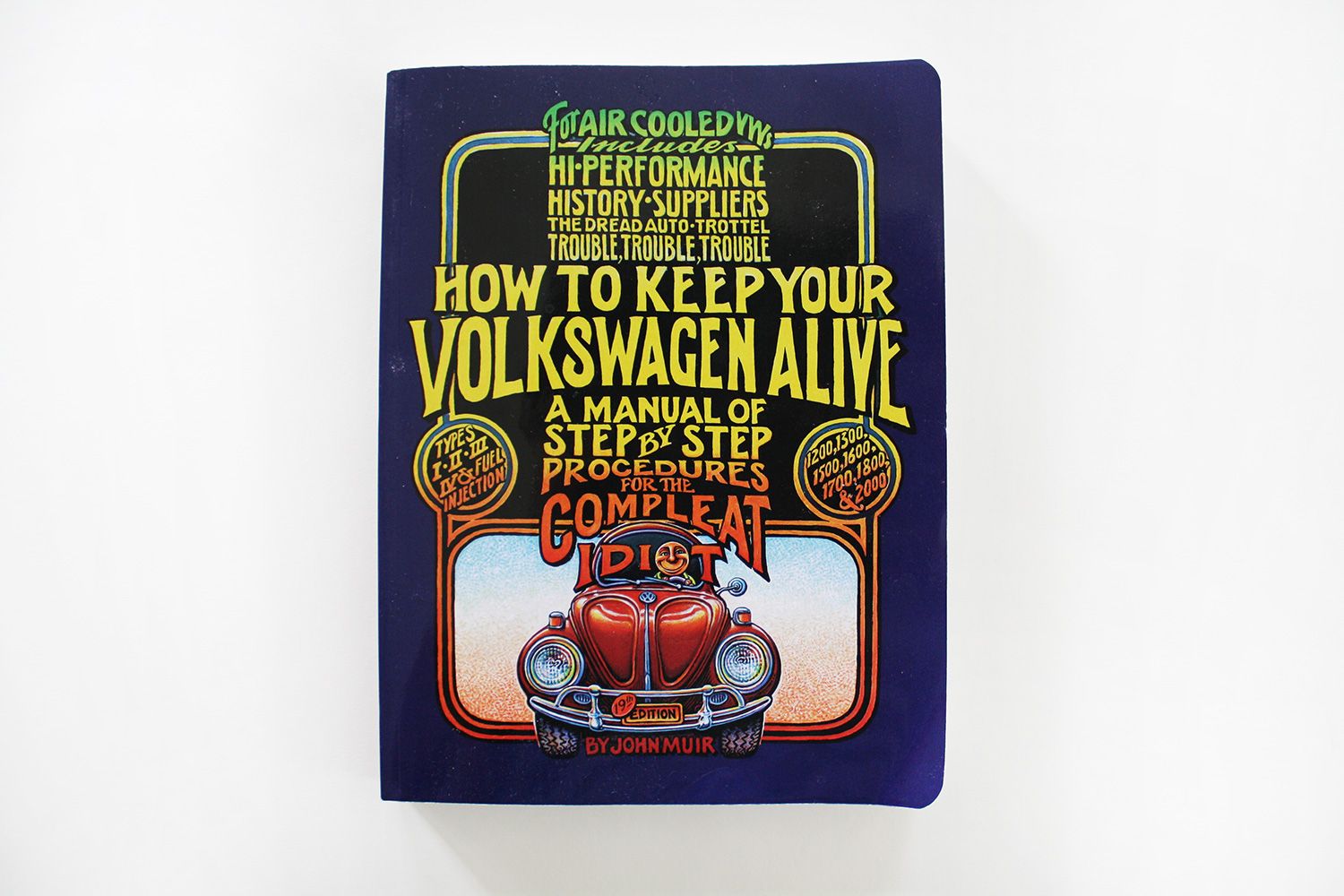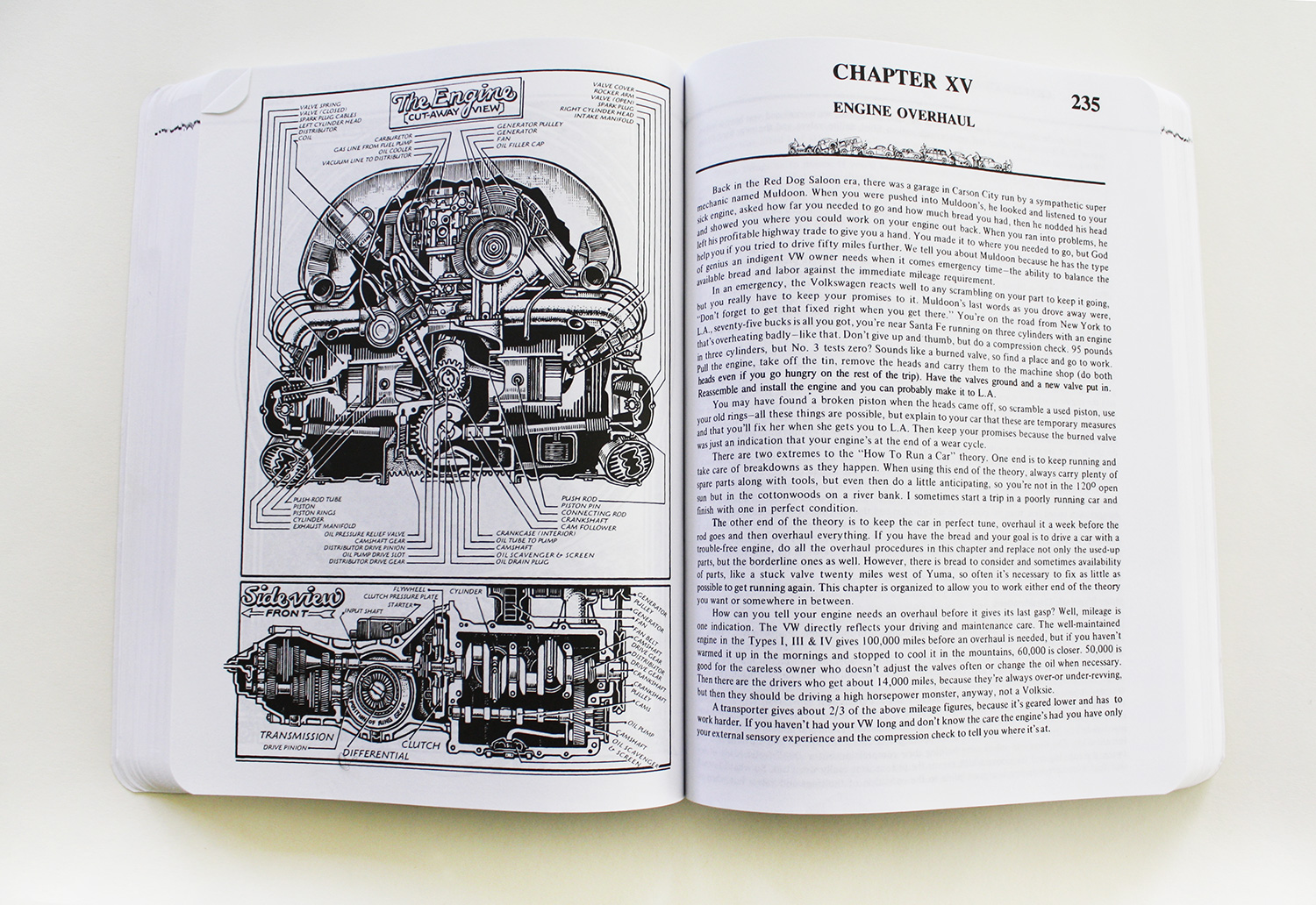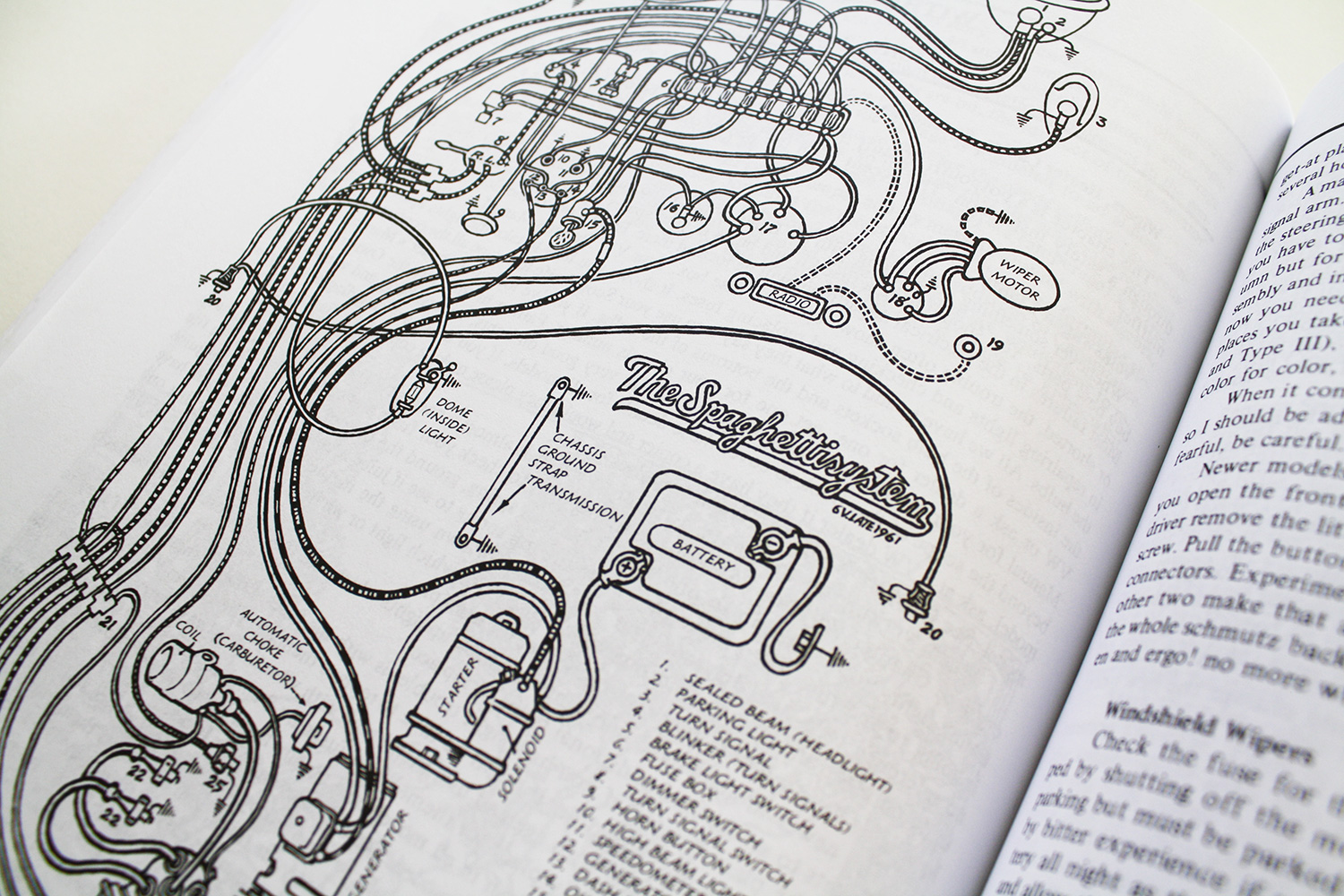Peter Schwanden: Anxiety and Joy in the Illustration of Machines
Okay here’s the thing about Peter Aschwanden. He was a 1960’s hippie beatnik artist that made a living illustrating technical manuals. An off-the-grid naturalist who created incredibly detailed illustrations of machines in a remote mountain cabin by kerosene lamp. He first came to my attention decades ago in high school when I gained possession of a 1971 VW Microbus. When you buy an old VW you by default purchase the shop manual because by nature they always break down and need to be tinkered with. The “tinkering manual” of choice for most classic VW owners is How to Keep Your Volkswagen Alive: A Manual of Step-by-Step Procedures of the Compleat Idiot, written by John Muir, illustrated by Peter Aschwanden.
— Paul
Much has been written about these men and their book. It was a counter-culture manifesto disguised as an automotive manual. It revolutionized how people could not only personalize the most seemly dry material but also the concept of self publishing itself. No one asked them to write it. It wasn’t solicited by VW or any publisher… they wanted to do to so they did. They wrote it, illustrated it, printed it and distributed it. It became one the best selling books of its time.
John wrote it in a folksy first person style filled with anecdotes and philosophical meanderings. Peter illustrated it similarly. The art he produced were revelations and revolutions. It would be easy to say that they were reminiscent of Robert Crumb or Rick Griffin. That though would be doing Peter a disservice; as if he was somehow a mere imitator. Rather he was a contemporary who got his ideas from similar historic wellsprings. Early german woodcuts, 1920’s and 30’s comic strips and a growing dissatisfaction with modern consumer culture. His technique though precise was full of intimate whimsy. He peopled the manual not with expressionless generic every-men, but fully realized characters living implied narratives, full of humor and anxiety.
John and Peter would collaborate once more in the philosophical manifesto The Velvet Monkey Wrench. Peter alone would illustrate numerous other technical manuals including those for Harley Davidson, Subaru and a classic tome on sepitc tanks while never venturing far from his joyful style. But the VW manual was the work for which they would be the forever known. In a world where commercial artists always feel compelled to subdue their individuality in the name of wider demographics and a muted tone, John and Peter created a blueprint for something more intimate and empathic.
—Paul






